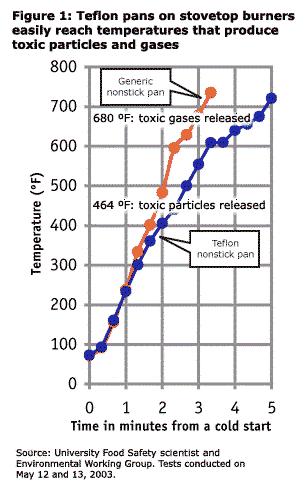What AGEs us?
What AGEs us?
AGE stands for Advanced Glycation End Products and are also known as glycotoxins. The process of creating these harmful compounds is often referred to as glycosylation. AGEs cause oxidant reactions that can damage normal proteins, tissues and cells. A common oxidant reaction you may recognize is when you cut an apple in half and let it sit for a few hours. The apple turns brown due to oxidation.
AGE’s are implicated in the development of many chronic diseases including the aging process. Hence the title, What AGEs us? AGEs are created through a reaction between sugars and free amino groups of proteins, lipids, or nucleic acids (like RNA and DNA), within the body. This reaction is also known as the Maillard or browning reaction. Caramelizing a food in cooking is a real world visible form of this reaction between the sugar, fats and proteins. The sugars in our bloodstream form cross-links with proteins and make them crusty. This damage to the proteins renders them unusable. Some sugars create much more AGEs than others. It is estimated that fructose is 20 – 30 times more glycating than glucose. That is one of the reasons that high fructose corn syrup is so harmful. Consequently, diets high in sugar not only promote excess insulin eventually resulting in insulin resistance, diabetes and heart disease. Essentially, it AGEs us more rapidly. Not only does it age us, it also contributes to the epidemic of obesity. Body fat cannot be burned efficiently in the presence of insulin. According to Ron Rosedale MD, “If there is a known single marker for long life, as found in the centenarian and animal studies, it is low insulin levels.”
In addition to promoting oxidative stress, AGEs cause inflammation by binding with cell surface receptors and cross-linking with body proteins, altering their structure and function. This is especially problematic because when proteins are damaged in this way, they can no longer work as designed. Since the activity of proteins relate to thousands of body processes, this wreaks havoc with normal health and function.
According to Nora Gedgaudas, the author of Primal Body, Primal Mind and more recently Primal Fat Burner, “Aging is now being understood by people researching longevity as essentially a gradual process of glycation of all tissues, including the brain.”
Another factor causing AGE production in our bodies, are the types of foods we eat and even how they are prepared. Certain foods other than sugars cause much greater production of these damaging compounds. The highest food by far is fried bacon. For a complete list of these foods and their ratings for AGE production, see https://www.wellnessdoc.com/educational-portal/ , then select the folder titled Food, the Good the Bad and the Ugly.
There are other things that can be done to reduce the production of AGEs when cooking. Some of those include curcumin from turmeric, garlic, onions, certain spices like rosemary and thyme, lemon juice and flavonoids. Flavonoids are a group of phytonutrients often found in the pigments in a wide range of plant sources including berries, tea, citrus, bell peppers, fruits and greens. Preparing foods, especially meats at high temperatures also contribute to this phenomenon. Therefore, it’s better to cook meats slowly at lower temperatures and combine the meal with the aforementioned foods.
